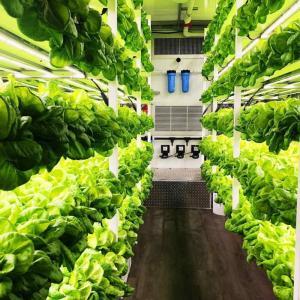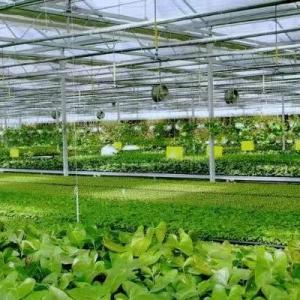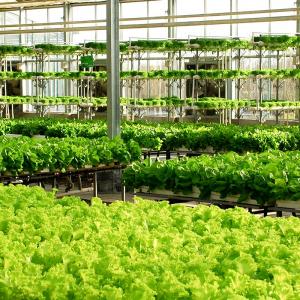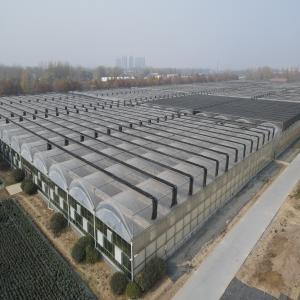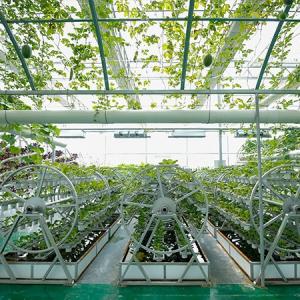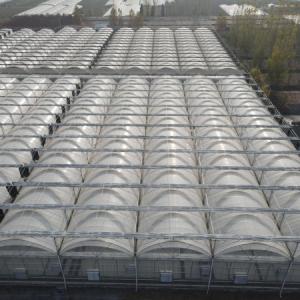How can soilless cultivation be realized in solar greenhouses? Key technical points analysis 1
I. Basic Conditions for Soilless Cultivation
Soilless cultivation has extremely strict requirements for planting technology and environmental control, which is the core premise of its high-efficiency output. Traditional soilless cultivation mostly takes glass greenhouses as carriers. To realize soilless cultivation in solar greenhouses, it is necessary to systematically optimize the greenhouse structure and supporting facilities — this is the key to breaking through technical barriers.
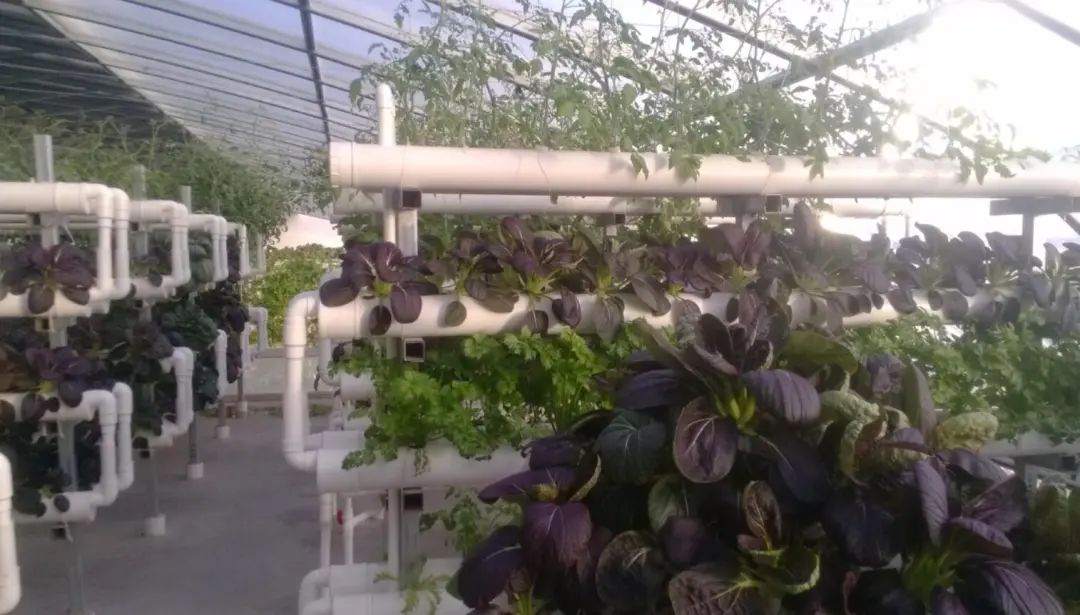
II. Core Design Requirements for Soilless Cultivation in Solar Greenhouses
Solar greenhouses are widely used in off-season planting due to their excellent thermal insulation performance. However, soilless cultivation requires year-round uninterrupted planting. Therefore, solar greenhouses need to be upgraded to a "four-season adaptive" design to ensure stable and controllable temperature and humidity environments throughout the year.
① Main Structure Design
Traditional solar greenhouses usually use earth walls or brick walls. It is recommended to use brick wall structures for soilless cultivation:
· Service life can reach 25 years, with stability far exceeding that of earth walls;
· Small floor area and excellent basic thermal insulation performance;
· Thermal insulation effect can be further improved by adding insulation layers on external walls.
For the framework, standard profiles with a design life of more than 20 years can meet the load-bearing and durability requirements.
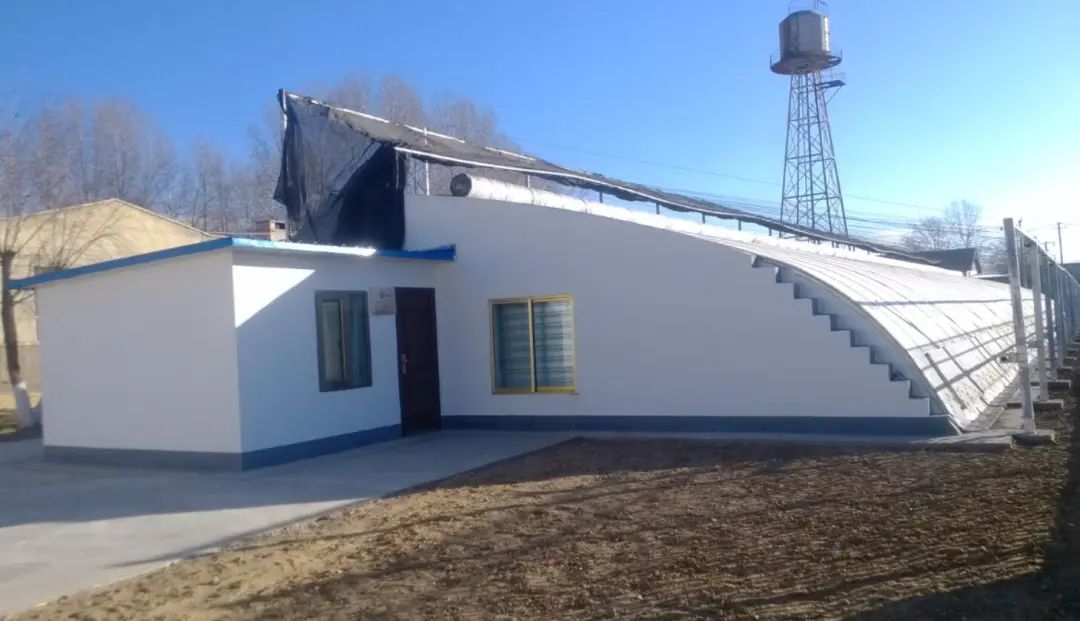
② Insulation System Optimization
Traditional covering materials of solar greenhouses need to be upgraded to adapt to the long-term planting needs of soilless cultivation:
· Covering materials: Replace plastic films with polycarbonate (PC) sheets, which not only improve thermal insulation by more than 30% but also have a service life of more than 10 years, avoiding the labor cost of annual film replacement;
· Insulation quilts: Retain traditional design standards, focusing on insulation coefficient and waterproof performance to ensure no heat loss at night in winter.
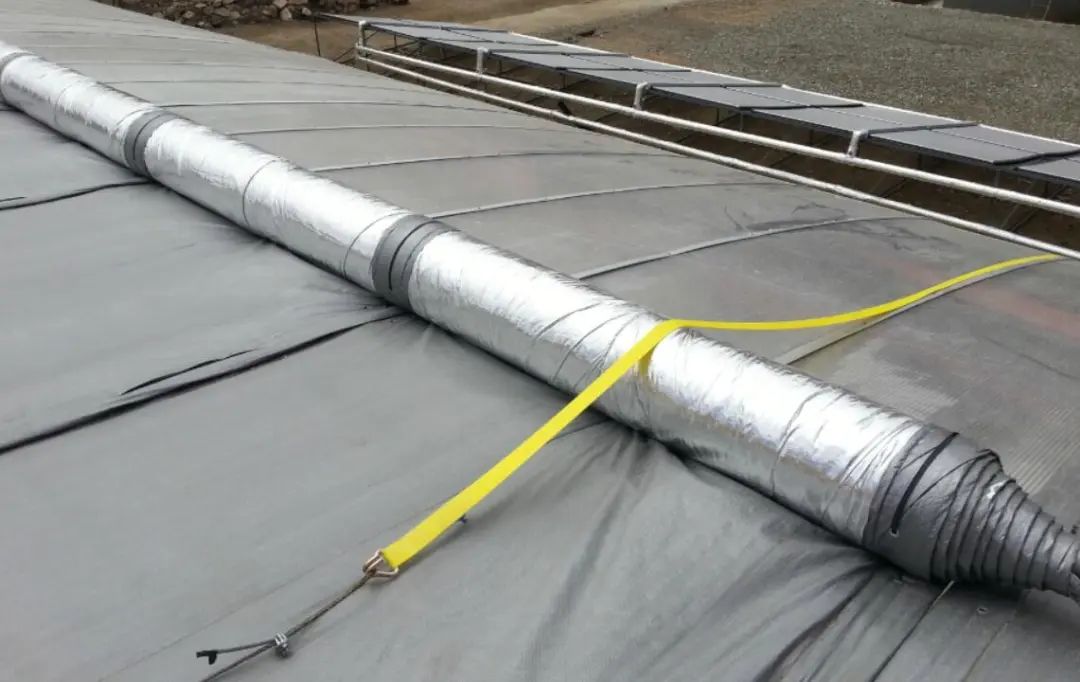
③ Heating System Configuration
Insulation alone cannot cope with severe cold weather, so an efficient heating system is required:
· Recommended floor heating system: Most soilless cultivation crops adopt three-dimensional planting. Floor heating can achieve uniform heating, with thermal efficiency 20% higher than traditional hot air heating;
· Operation advantages: The initial investment is relatively high, but the later energy consumption is low, and it is more compatible with the long-term planting mode of soilless cultivation.
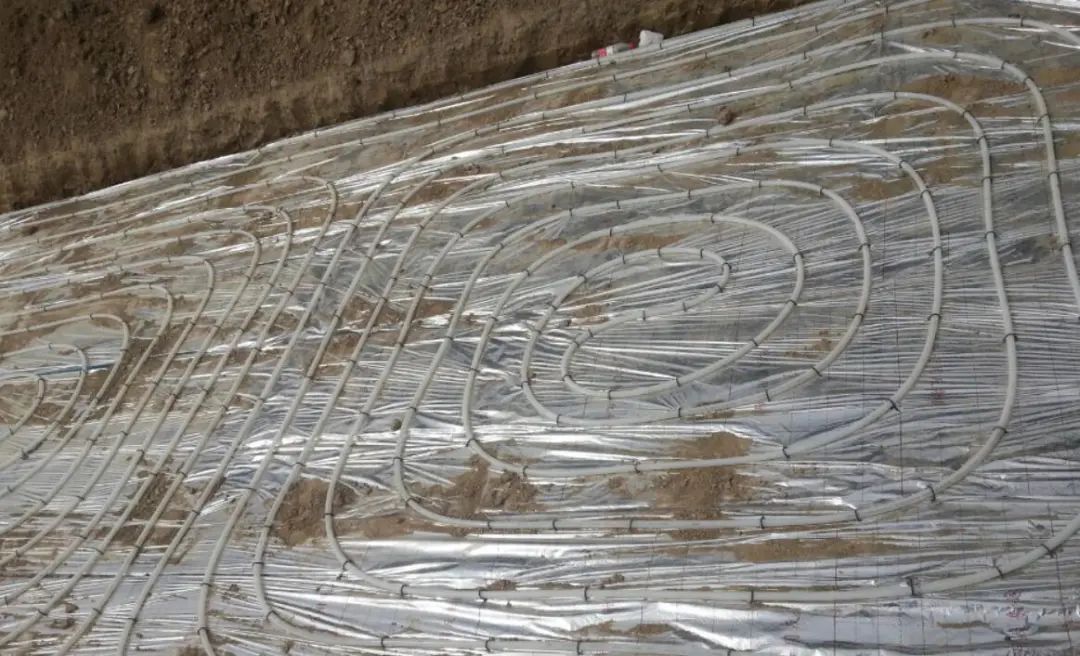
④ Summer Cooling Design
Solar greenhouses are prone to high temperatures in summer and need to be solved with the following combined schemes:
· External sunshade system: Install adjustable sunshade nets on the top of the greenhouse to reduce more than 70% of direct light;
· Fan and pad cooling system: Through air convection and evaporative heat dissipation, the indoor temperature can be reduced by 5-8℃ compared with the outdoor, meeting the growth needs of crops.

